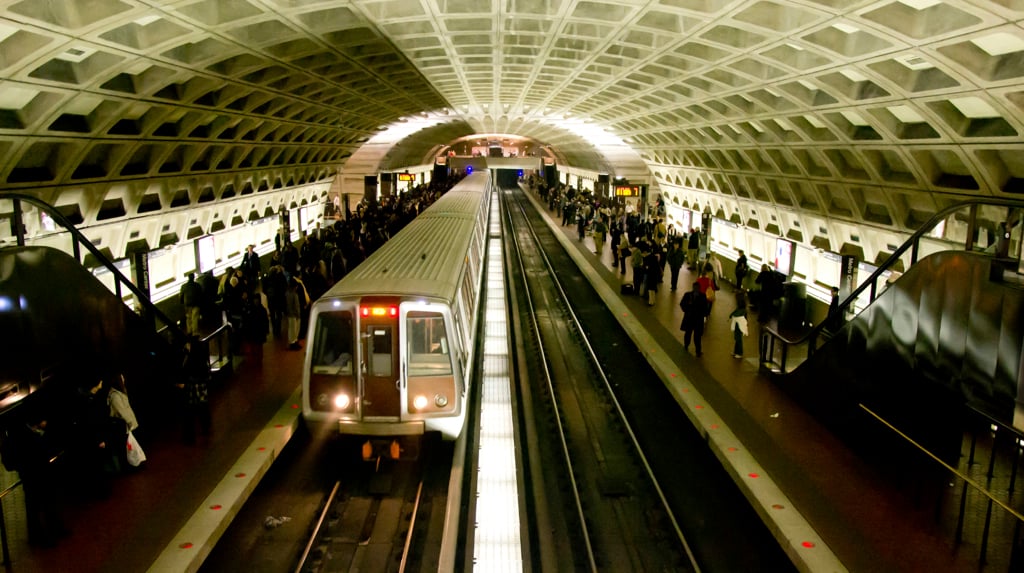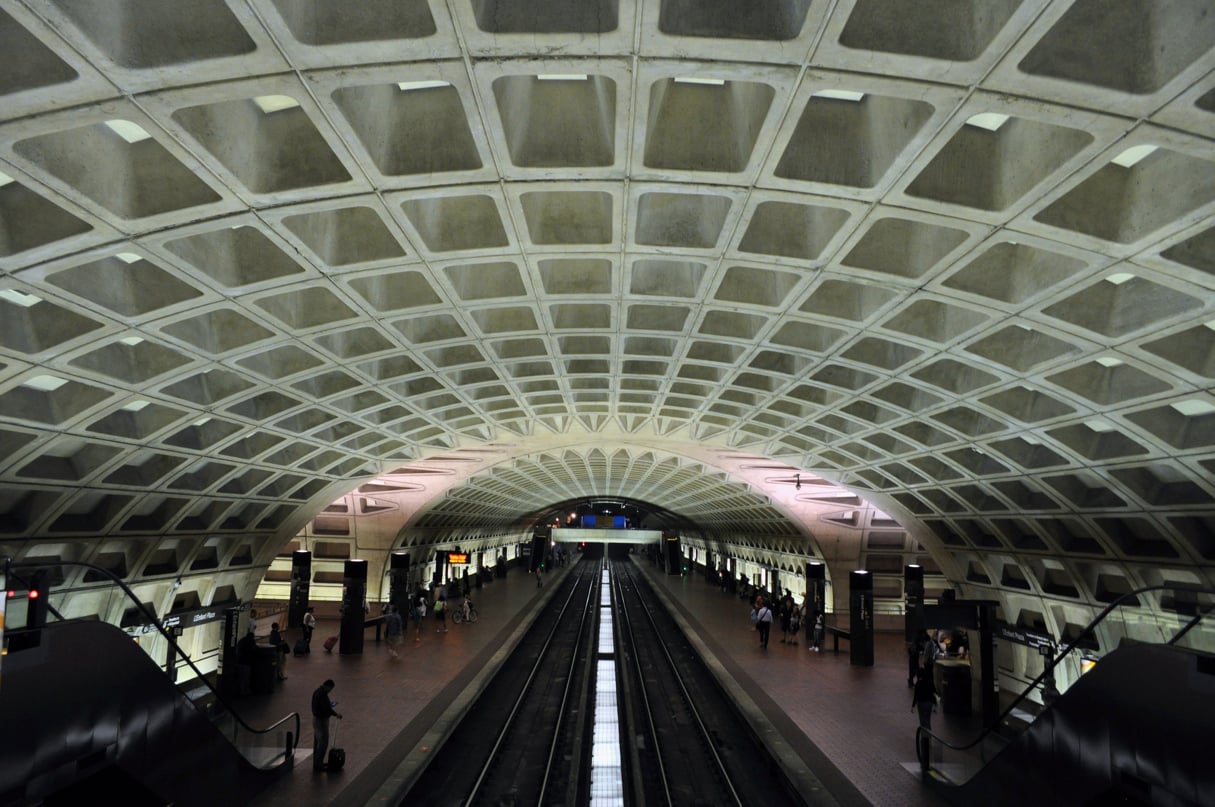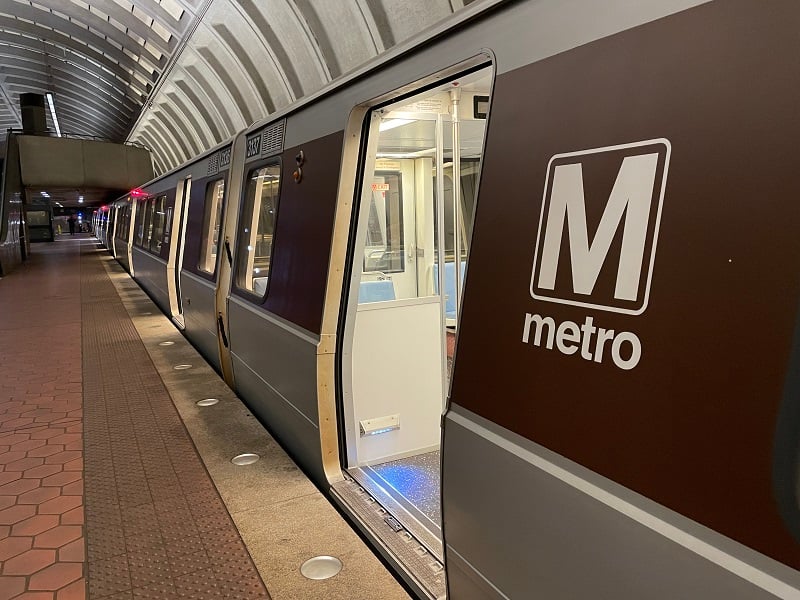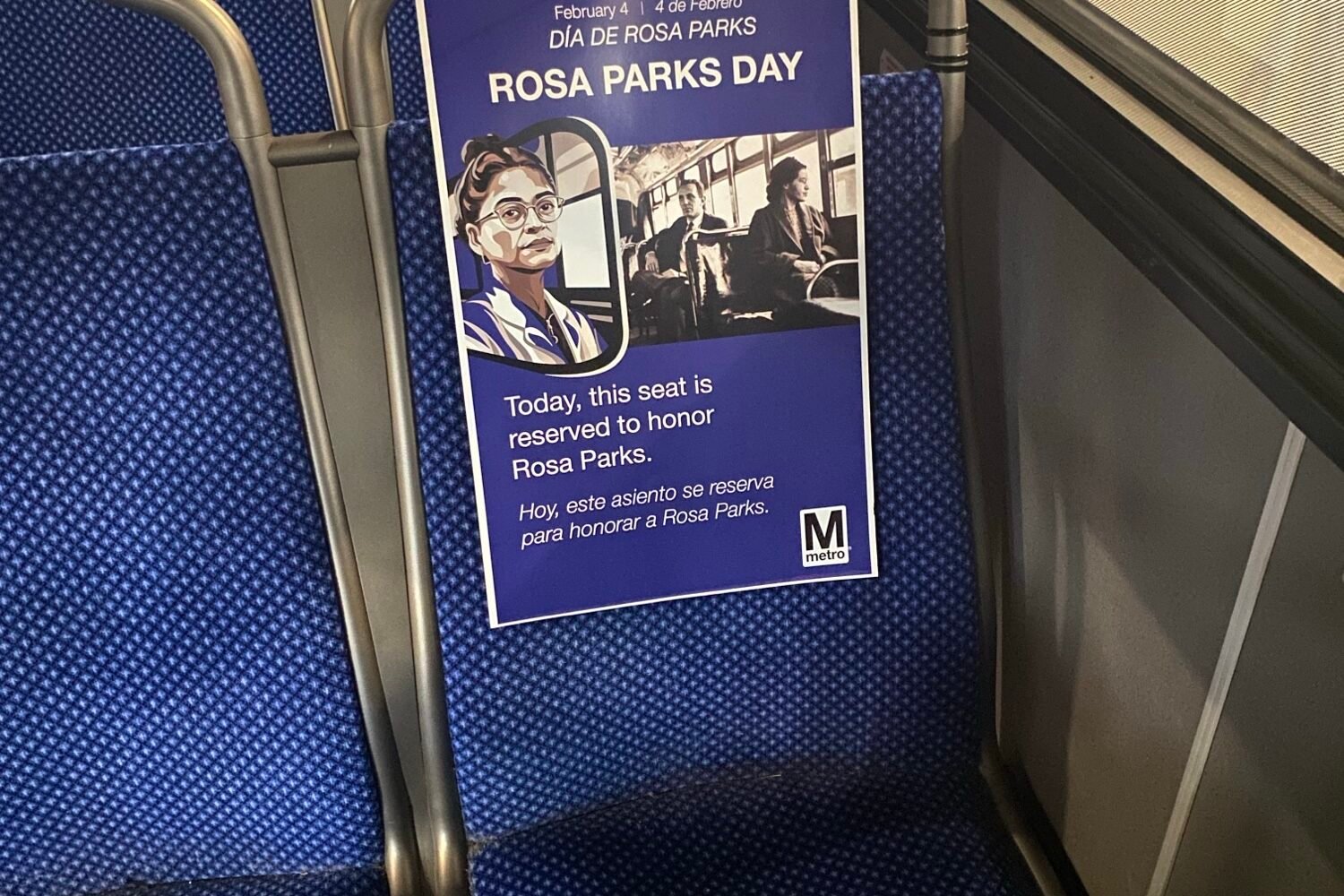Paul Wiedefeld, the general manager of the Washington Metropolitan Area Transit Authority, released his proposed long-range maintenance plan for the troubled Metrorail system on Friday. The plan, which lays out a year’s worth of intensive work across the entire rail network, will include weeks-long periods of single-tracking and full closures of many segments, and is likely to affect nearly every Metro rider’s commute when it begins to be executed in June.
The plan, dubbed “SafeTrack” calls for periods of round-the-clock single-track service or a complete shutdown along 15 different segments of the 117-mile rail network, spread out over a schedule that lasts through May 2017. Metro is calling these periods “safety surges,” the first of which is scheduled to begin June 4 on the Blue Line between Franconia-Springfield and Van Dorn Street. For 15 days, the plan reads, trains will run on a single track between those stations, with 24-minute headways leaving Franconia and 12-minute headways leaving Van Dorn. Metro estimates about 18,000 daily riders will be put out by the work, and will run shuttle buses as a replacement during rush hour between Franconia and the Pentagon.
An even bigger test will begin October 9, when the Red Line between NoMa and Fort Totten shuts down in both directions for 23 days, affecting 108,000 daily riders. During that period, trains will run on the other sections of the Red Line, though at reduced schedules, while passengers headed for Fort Totten or further will be encouraged to use the Yellow and Green Lines between Gallery Place-Chinatown and Fort Totten.
During his news conference, Wiedefeld said the aggressive moves he is trying to make are coming after a stretch of time when Metro’s normal maintenance schedule could not keep pace with the many improvements the 40-year-old system needs. Currently, Metro only conducts scheduled maintenance 33 hours out of the week, usually during nights and weekends. With this proposal, Wiedefeld is aiming to complete several year’s worth of improvements within 12 months. “Clearly we cannot keep up with what we need to do,” he said.
Other “safety surges” will hit segments of the other five lines, too, and there will be orders that affect the entire system. The first major change will come on June 3, when Metro will start closing at midnight seven days a week, including weekends. It will also impose a moratorium on extended hours, meaning there will be no instances of the system opening early or closing later for special events, as it sometimes does for, say, a Monday-night NFL game in Landover. (Washington hosts the Pittsburgh Steelers on Monday, September 12, at 7:10 PM.)
The only pauses in the big maintenance schedule will be this July 4, the week of the 2017 presidential inauguration, and weekends during the National Cherry Blossom Festival next spring.
The document introduced Friday is technically a draft, but Metro officials don’t expect it to change much between now and the final version that will be published later in May. Wiedefeld briefed officials from the District, Maryland, and Virginia earlier in the morning, and Metro is also sending the plan to federal agencies, including the Office of Personnel Management. With 40 percent of Metro’s rush-hour passengers coming from the US government workforce, Metro is counting on OPM to issue more regular orders for government employees to work remotely.
The loss of Metro service for weeks-long stretches will leave tens or hundreds of thousands of people who depend on the system to get around looking for transportation alternatives. Already, Metro is encouraging its riders to look to ride-hailing services like Uber and Lyft, cycling and walking, and buses. But it is also likely to put additional stresses on streets and highways, too. Transportation officials in the District and other jurisdictions may need to retime their traffic lights to accommodate an increased number of commuters who resort to driving to work.
However people cope with the Metro closures, though, the plan does create periods of limited mobility with the potential to impact the regional economy.
“No one’s happy about it,” said Jim Dinegar, the president of the Greater Washington Board of Trade. “This is the least distasteful alternative. We want to make sure it’s the least disruptive.”
Still, the disruptions will be inevitable and widespread. There are also questions outstanding about the maintenance plan’s cost. Wiedefeld did not give a figure for how much the SafeTrack agenda will cost, only that it can be covered by moving money programmed for future years to the current fiscal year and taking out more debt. WMATA’s bond rating was downgraded Thursday by Moody’s, but Metro Chairman Jack Evans it remains high enough where the agency still has “enormous debt ability.”
Metro expects significant hits to its passenger revenue during the maintenance program, and Wiedefeld said fares will not be adjusted while the work is underway.
Safetrack Public by Benjamin Freed
This article will be updated.



















